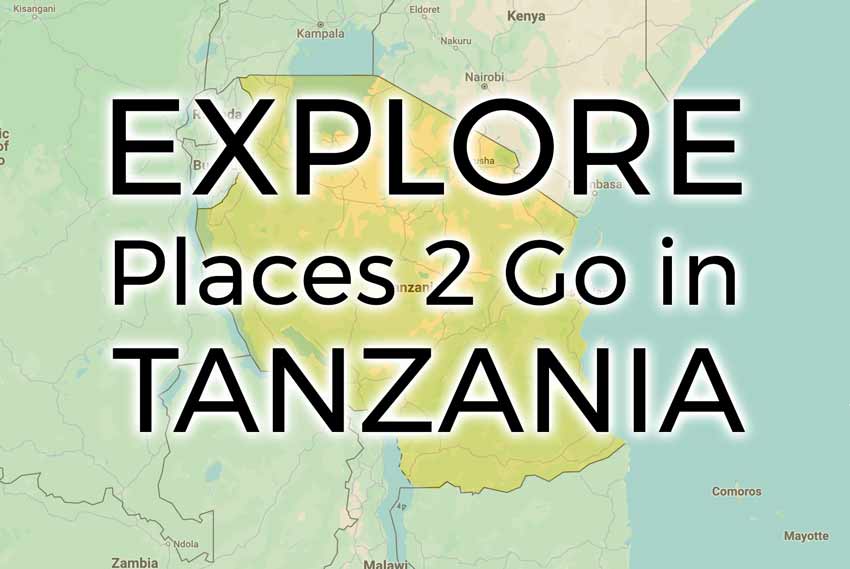Description: Udzungwa is the largest and most biodiverse of a chain of a dozen large forest-swathed mountains that rise majestically in Eastern Tanzania.
Known collectively as the Eastern Arc Mountains, it has also been dubbed the African Galapagos for its treasure-trove of endemic plants and animals, most familiarly the delicate African violet. It is a magnet for hikers, with its excellent network of forest trails.
Ornithologists are attracted by the avian wealth of more than 400 species. Of six primate species recorded, the Iringa red colobus and Sanje Crested Mangabey (discovered in 1979) both occur nowhere else in the world.
Undoubtedly, more treasures are yet to be uncovered as scientific exploration continues.
Location: Just south of Mikumi, between Ruaha and Selous. A visit can be done as a day trip from Mikumi
Things 2 Do: Hiking
Time: Spend from 1 day to several, depending on your interest in hiking
Animals: 11 species of Primates, Buffalo, Elephants, 400+ bird species, 3 endemic Reptiles (a Gecko, a Skink and a Chameleon), Millipedes, a Tree Frog and more than 70 species of Spiders.
Accommodations
$$
Wami River Camp
$$$$
Foxes Safari Camp (Mikumi)
Vuma Hills Tented Camp (Mikumi)
“We absolutely loved our experiences with Access 2 Tanzania. We booked our trip to Tanzania only a month before departure and were very happy to find out that November was the low season and that the lodging was still available. Karen was very responsive in getting the dates and bookings to us for review and took the time to talk to us over the phone a couple of times to ensure that we understood the details of our trip. The other highlight of our trip was the guides at Access 2 Tanzania. All of the guides that we had were great. However, our primary guide, Raymond, was the best guide that we have ever had on a trip anywhere and we have traveled a lot around the world. We felt incredibly safe while we were with Raymond. He was also very knowledgeable about Tanzania and the wildlife. He knew exactly where to take us to see the most wildlife and had an incredible eye for spotting the wildlife. He was able to spot wildlife that we could not see with binoculars using his own eyes.”


